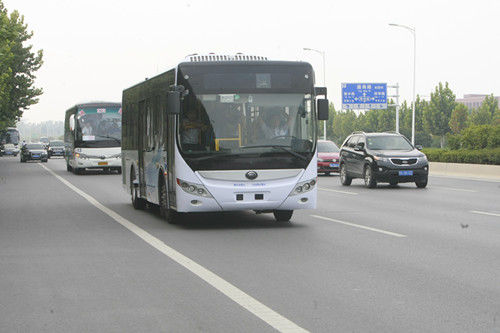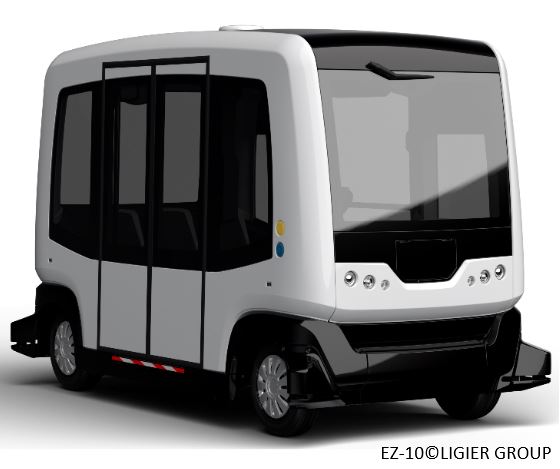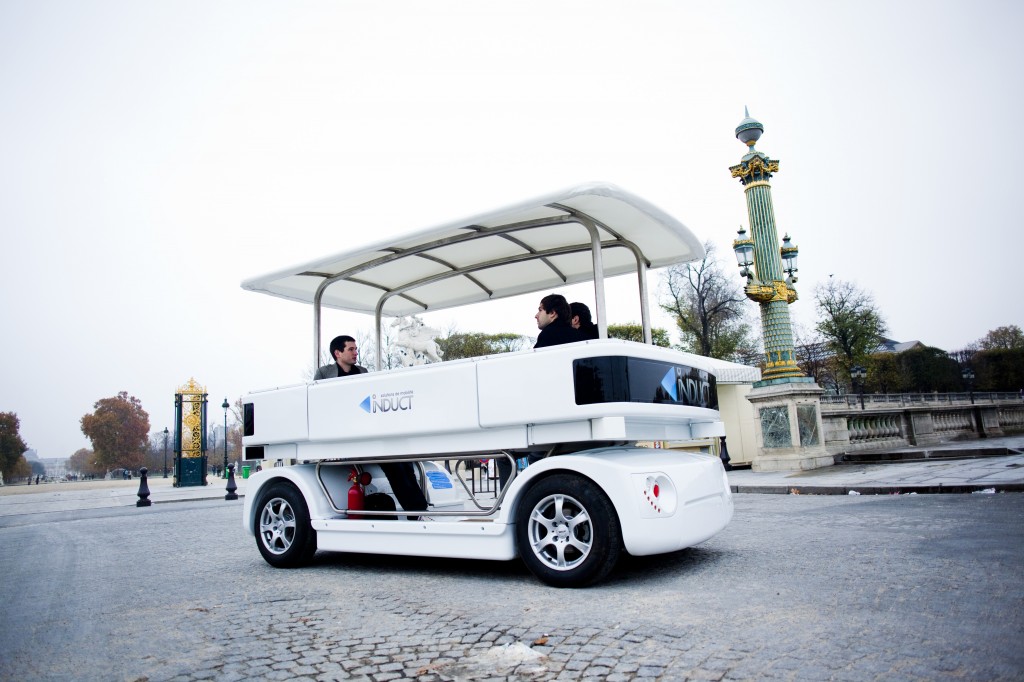Autonomous vehicles will have a major impact on urban transportation. Mayors, transportation companies and urban planners are increasingly taking notice. The number of cities which recognize the benefits of self-driving cars and buses increases rapidly. Below is a list of some cities around the world which have launched or are working to launch activities focused on self-driving cars and buses:
— San Francisco, Austin, Columbus, Denver, Kansas City, Pittsburgh, Portland (Oregon):These seven cities strive to be pioneers in integrating self-driving car technology into their transportation network. Each of these cities has already received a 100.000 USD grant from the US Department of Transportation (Smart City Challenge) to refine their earlier proposals on how to transform their urban transportation systems. In June, Secretary of Transportation Anthony Foxx will award a 50 million USD grant to one of these 7 cities to become the first city to implement self-driving car and related technology into their urban transportation system. San Francisco, for example, has proposed phased plans to deploy autonomous buses and neighborhood shuttles. The city has also gathered pledges of an additional 99 million USD from 40 companies in case it receives the 50 million USD grant.
— Milton Keynes, UK: Trials of self-driving pods have already begun in this British city. The electric pods will transport people at low speed between the train station and the city center. Additional UK cities which are experimenting with self-driving car technologies are London (self-driving shuttles, Volvo Drive Me London), Coventry and Bristol.
— Singapore: This may be the most active and visionary city with respect to driverless transportation. Several years ago it has launched the Singapore Autonomous Vehicle Initiative, partnered with MIT on future urban mobility and initiated several projects aimed at improving urban transportation systems through self-driving car technology. The city has already set up a testing zone for self-driving cars and is conducting several trials in 2016.
— Wageningen / Dutch Province Gelderland (Netherlands): A project with driverless shuttles is already underway. The self-driving Wepods aim to revolutionize public transport and provide a new, cost-effective way to bring public transportation to under-served areas.
— Wuhu, China: According to Baidu’s head of self-driving cars, self-driving cars and buses will be introduced into the city of Wuhu over the next five years.
— Beverly Hills, USA: The city council of Beverly Hills has just passed a resolution aimed at the long-term adoption of self-driving cars. The resolution starts first activities towards achieving that goal but does not yet commit major resources.



